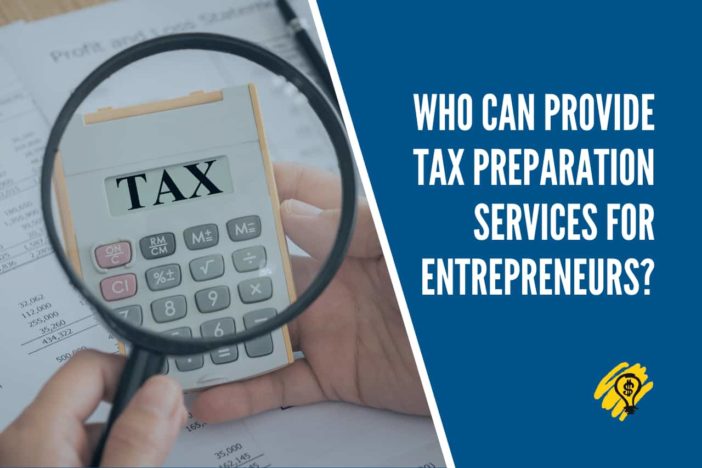After the unveiling of the latest income tax slabs and rates for the financial year covering 2020-21, there were a number of key takeaways from the announcement.
If you are an individual taxpayer with a net taxable income of no more than Rs 5 lakh you will not be required to pay tax under either regime, which is the same as the previous year.
However, if you are above that threshold you will have the option of choosing between two distinct regimes. Business owners have also seen a more streamlined and unified tax system with the introduction of GST, and tools such as a GST calculator also make it simple to calculate tax.
Here is a look at some of the relevant numbers that are relevant to taxpayers in India.
Your choice – Understanding the differences between the old and the new
One of the most fundamental aspects of the current Indian tax system that taxpayers need to comprehend is the fact that you have the ability as an individual taxpayer to choose between the two regimes.
Under the old regime, you have the ability to elect to continue claiming exemptions on items such as Leave Travel Allowance, House Rent Allowance, and various different deductions across a number of different sections of the Income Tax Act.
There are more than 65 tax exemptions and deductions available under the old regime, all of which are not applicable if you opt for the new regime.
It would be a good idea to professional guidance on your choices if you are unsure which option is best or your circumstances.
Lower tax rates
When you look at the current tables it is instantly obvious that there is a clear distinction between the old and the new tax regimes when it comes to income tax slabs.
The old regime has higher tax rates along with three tax slabs, in contrast, the new regime offers lower tax rates and a total of six tax slabs.
Here are some income tax slabs comparisons:
If your total income is between Rs 5,00,001 and Rs 7.5 lakh you will be subjected to 20% tax under the old regime and 10% under the new tax regime.
The disparity between the rates tightens as you go higher up the income scale. For example, if your income is above Rs 15,00,001 the rate of tax is 30% for both regimes.
The option to choose between the two different tax regimes is only available to individual taxpayers who have no business income. What this means is that you do have the option to choose as a business taxpayer to opt for the new tax regime. However, it is a one-time deal, and you can’t switch between the two once you have made your decision to switch away from the old regime.
The latest income tax slabs and rates in India provide plenty of food for thought and they may also give you options to take advantage of a regime that is more tax-efficient for your situation.





